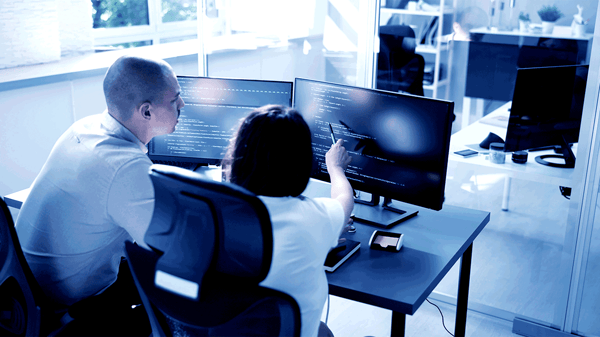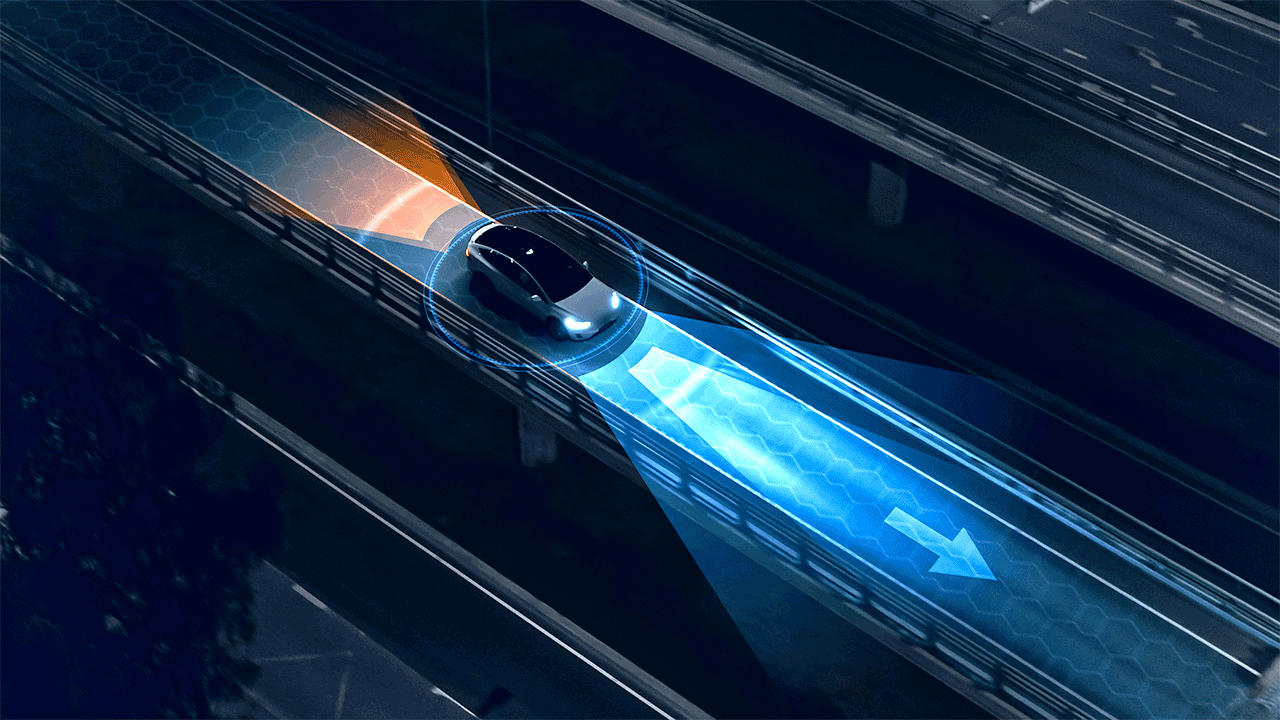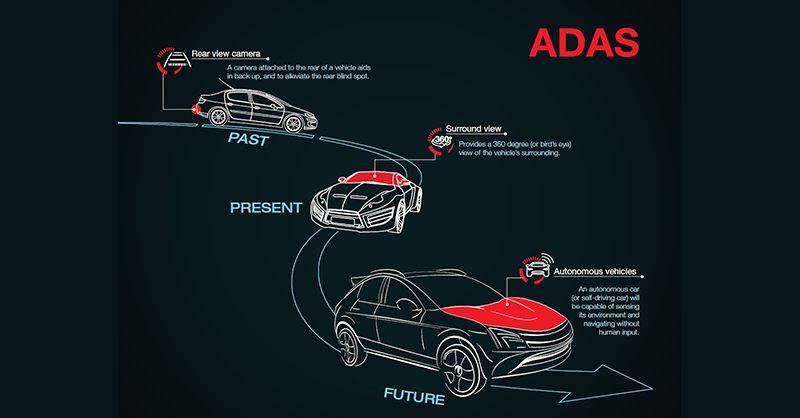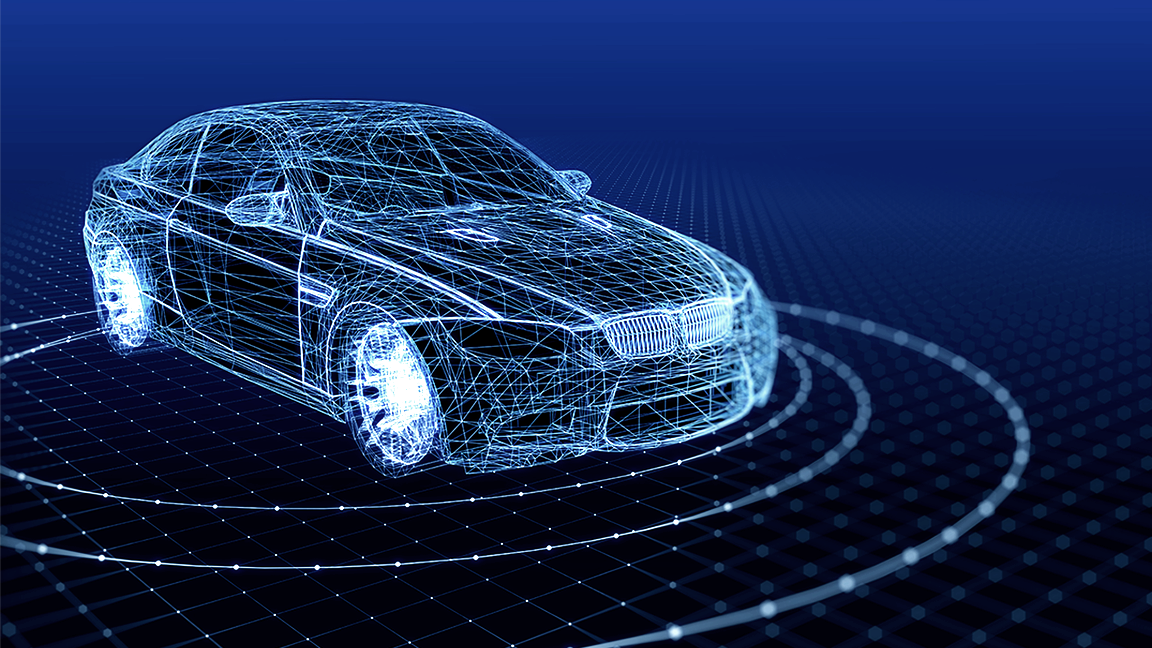Guest Blog: Thriving in the autonomous vehicle marketplace
Thriving in the autonomous vehicle marketplace Introduction The future autonomous vehicle landscape will be very different than what we see in...
Unlock Engineering Insights: Explore Our Technical Articles Now!
Discover a Wealth of Knowledge – Browse Our eBooks, Whitepapers, and More!
Stay Informed and Inspired – View Our Webinars and Videos Today!
Exploring the future of software-defined vehicles through expert insights.

We are seeing an incredible change in the field of mobility, a level of disruption unseen since Henry Ford first rolled a vehicle off his assembly line. Not only are we seeing a change in technology, but we are also seeing fundamental shifts in the way people are interacting with vehicles.
In this article, I share some of my thoughts around the scope and depth of these changes, I touch on some of the ways that education itself must evolve, and I illustrate how LHPU is helping both students and employers navigate these sweeping transformations. Our processes are grounded in the real world and tempered by experience. Change can be managed; we can show you how.

Historically, when you think of transportation, you think of a car in a garage. I own a car, and it sits in my garage most of the time until I need it. I pay to own it and insure it and maintain it, and yet most of the time, it just sits there.
Fast-forward to the present day: Shared mobility services, like an Uber or a Lyft, are transforming our world. The whole fundamental relationship that we have with our vehicles is changing from one of personal ownership to transportation as a service. There are some estimates that by 2040, 75% of the miles driven may be by shared mobility services.
Stop. Read that again. By 2040, 75% of the miles driven may be by shared mobility services. Today, that number is less than 2%.
Just like many other industries that have evolved… for example, from software, to software as a service… we are changing from owning the transportation asset, to securing the transportation service.
In addition, of the 75% of miles that are going to be driven as shared mobility, it is estimated that 75% of those will be autonomous mobility. One can debate the dates and specifically how it is going to happen, but it is now clear that the push is towards shared, autonomous mobility.
There are several factors driving these trends:
What this means is that there must be a fundamental shift in the way that transportation is produced and delivered.
For all this change to happen, a significant engineering gap must be filled, compared to the quantity of engineers currently being produced today. Some estimates predict that the demand for engineering skills will be upwards of four to six times greater than the supply by 2025, when all of this is predicted to really kick into high gear.
LHP can help create a pathway to employment for people who want to learn these skills and thrive in this high-demand field.
There is no way that the engineering gap can be filled just by people taking university courses alone. The technology is changing too quickly. Today, when someone enters a four-year degree program, the technology has already changed by the time they graduate.
The rate of change in technology is driving the need to expand beyond the traditional four-year degree, which is evolving into a solid foundation to then build upon with further learning. The education industry is moving towards intensive, focused, timely, technology-specific certifications that can be acquired, digested, and delivered, in a brief and specific amount of time.
At LHP, we are developing this type of focused curriculum and developing efficient delivery methods. We intend to be the first choice of those who want to either enter this field as a new career or pivot their careers to get into the autonomous mobility space.

Traditional educational institutions are facing a significant challenge. Historically, the engineering discipline is carved up vertically. Mechanical Engineering… Electrical Engineering… Civil Engineering… Traditionally, you choose one of those vertical paths. That is all changing. The vehicle is no longer a mechanical system that is electrified. Vehicles are now electromechanical systems, autonomous mechatronic systems. One tightly interwoven system, each discipline reliant on the other. In turn, completely new disciplines are growing out of these needs. Universities are now introducing what they call “Mechatronics Engineers.” There is going to have to be an even greater collaboration between industry and academia. Industry is changing. As industry changes, education must evolve as well.
There are other innovation enablers. Skills are now being assessed and valued in a variety of ways. For example, in the U.S., we have some of the world’s major technology companies. Tesla entered the automotive business and Elon Musk said that you do not necessarily need to have a college degree to work there as an engineer, you just need to possess certain in-demand skills. You need to know their technology. You need to be able to do the things that are required to work on a fast-paced team.
And, today, people are being introduced to technology at an earlier age. So, the foundations are there for the pace of learning to be increased, the learners just need to find the right pathway. Four-year degrees are important, and are not going to become obsolete. But there is a need for timely, specific, specialized, targeted technology training, and that is where LHPU comes in.
General Motors… Ford… Chrysler… How many engineers did they have, already employed, when the electric vehicle revolution took off? It is costly to fire and rehire, and there is no appetite for that. So, they were faced with a question, “How do I upskill all of these employees that have engineering experience?”
Experience is invaluable for understanding systems and working in a particular culture. So, a lot of engineers only need to learn, “How do I take my existing education and apply it in a new technological realm, on new tools, on new processes, on new hardware?” We are beginning to work more with employers that need to upskill their current employee base. Many employers immediately go out and find the experts. Once the experts come in – a person with 10-15 years of experience, maybe a PhD, someone that has helped develop this technology – once they find them, then the employers need to start building new engineering teams or upskilling their existing engineering teams.
You must have certain levels of technological and leadership strata when you build an organization. At LHPU, we are prepared to address every level, from the technical and operational leaders, to the fresh-out graduate that needs a pathway to employment, to that 5-year engineer. Maybe they have only been working in their career 5 years and they have another 30 years until retirement, and they are thinking, “I have got to do something to stay current.” We provide a way for that person to obtain the skills and the credentials to thrive in the leading-edge technologies as the companies evolve.
Studies have shown that experiential learning, or active learning, is the best way to anchor learning. Watching videos online and reading books are great ways to acquire information. However, if you think back in your life, what are the most impactful moments where you changed or grew or developed? Typically, these are experiences that you went through, rather than just observed.
People need to wrestle with problems, with the hardware and the tools and the software, to overcome challenges and achieve an objective. That is when they are going to learn most effectively. Then, they will be able to apply that learning on the job. If you never get involved with the whole system and get your hands dirty and overcome a challenge, then the first time you are out on a job and face a challenge, you are going to find yourself in the abyss. You must get your hands dirty and solve those challenges sometime!
At LHPU, we provide that hands-on experience. We teach an engineer the coding the process, the signal processing, the tools, the algorithms. We then take it a step further, and we teach them on real hardware, on real components. In turn, we teach them tools to turn all those signals into action.
We have a fully autonomous electric vehicle in the training lab. They program it, they learn to actuate the subsystems. And then they learn to pull it all together into a complete autonomous vehicle.
They are learning, hands-on, with real-world hardware, in a real-world environment. They are wrestling with the inherent problems of electrical mechanical systems that are simply not found in an online-only class.
At LHPU, we also create an environment where you can fail safely. When you can fail safely, repeatedly, that is when your mind starts to realize, “What are the secrets to success here? What did I do to create success? What did I not do? How can I do this differently?” And that is when you become a better engineer. Engineering is simply improving the way problems get solved.
We create an environment where you are challenged. By design, we put faults and challenges in place, and we force an individual to deal with them. We observe how they fight through the challenge, both individually and as a team.
Along the way, there is also very rigorous technological development, both on the software side and in the instruction, delivering vertical instructor-to-student theory. There is also student-to-student and team-to-team development, where most of the learning takes place.
We are there for our students. They can fail and fail safely, and that is how we are able to take six months of ramp-up time somebody typically has out on the job and shrink it down to nine weeks. What we do is an incubator for rapid change, and rapid growth.
We have invested in the technology. We are credentialed through IEEE, the leading credentialing organization in the world. We provide relevant, leading-edge technology training. We provide credentialed technology training. And, it is carved up into manageable and digestible segments. Because if you ask an engineer to devote six weeks of full-time work in one large chunk, quite often that is simply not practical.
We launched a night-and-weekends model last year. Then COVID hit, and we had to back off. However, we are now offering it again.
We are releasing a foundational online version that allows students to acquire some base knowledge. They can come into our labs and use the hardware. And then we offer that night-and-weekend model. It is like an executive MBA, where we give them instruction two nights during the week. We have our labs in the Detroit area and in Indianapolis, and soon we are opening a lab out in California. Students can come in for four weeks, all day Saturday, all day Sunday, use our technology, and gain their hands-on experience. Essentially, they are getting the same instruction from the same experienced instructors as anybody who is with us full time.
Our strategy is not necessarily to go completely custom. We offer relevant technology training, in ways that can be adapted so that employees can take the training without major disruptions to their work streams.
LHPU is creating new services, new online training, and we are developing training for electric vehicle controls and hybrid vehicle controls. And, who knows? Maybe in a couple of years, it will be hydrogen-powered electric vehicles. We have our training model. Now, it is simply a matter of adapting our model to the new technology. There are some technological issues that need to be worked out, but ultimately, hydrogen power will play a significant role. And when it does, LHPU will be there with the training and support to position their students for success.
It is a great feeling, knowing that we have built the right training model. And now, whatever happens in technology, we are going to be able to apply that model to address the present and future needs of this dynamic and exciting market.
Guest Blog: Thriving in the Autonomous Vehicle Marketplace

Thriving in the autonomous vehicle marketplace Introduction The future autonomous vehicle landscape will be very different than what we see in...

2 min read
How the Autonomous Electric Vehicle Bootcamp is propelling the automotive industry with hands-on-training Today’s job market looks more different...

What is the Blueprint for Advancing Autonomous Mobility?